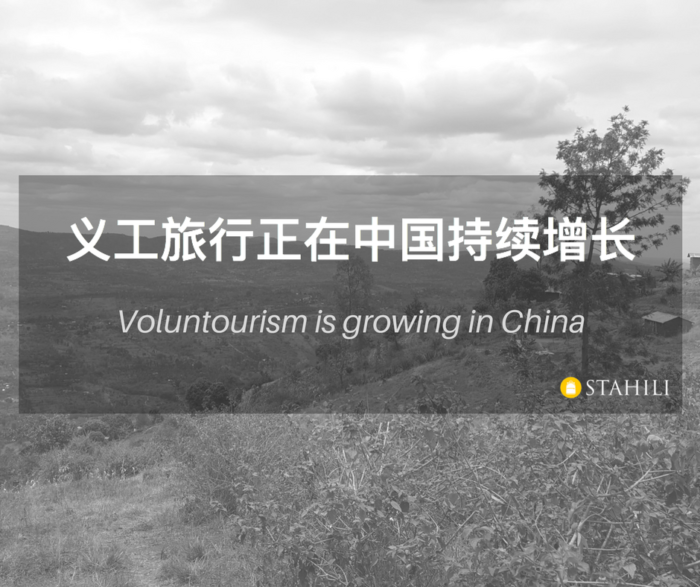China and the Rise of “South-to-South” Voluntourism

The word ‘voluntourism’ commonly brings to mind images of young people from the West flying to developing countries in Africa, Asia or Latin America to volunteer, with orphanage volunteering as one of the most popular and easy-to-find options. However, the trend of combining tourism with volunteering is also growing rapidly as a “South to South” phenomenon, including in China.
A search on “voluntourism” on the most popular Chinese search engine “baidu” returns 3.4 million results, including a large number of Volunteer Service Organisations (VSOs) which offer short-term trips abroad. Besides the Chinese VSOs, many of the world’s leading, fee-based volunteer abroad companies, such as Greenway and Projects Abroad, have their own Chinese language websites tailored to Chinese volunteers.
“Volunteering” has a long history in China. The central government’s rhetoric has always been in favor of its development, closely associated with the socialist spirit and nation building. Since the 2008 Beijing Olympics, being a volunteer has been promoted by the central government as a responsibility and a training opportunity for young people in China. Volunteering abroad is now actively encouraged. In 2016 it was reported that the central government vowed to support the growth of non-profit volunteer service organisations with financial and registration assistance.
Most Chinese VSO programmes last for one to two weeks and cost around € 300-500 (US$ 280-470) per week, excluding flights, visas, and insurance. Just as in the West, many VSOs target senior high school and university students and promote their programmes as beneficial to students’ careers, encouraging them to see the volunteer experience as necessary for applying to a good university abroad or standing out in the job market. The dream of exploring the world is also a powerful motivation. There is a lot of collaboration between VSOs and universities and many young people find out about the volunteer programmes through study abroad agencies. There is a large number of these agencies in China, usually profit-oriented and independently-operated, and high-schools and universities cooperate with them to facilitate travel for their students.
Orphanage volunteering, or any volunteering related to children, especially vulnerable children, always appears at the top of the programme lists. Other common types of volunteering include building houses, taking care of animals, and teaching languages. Programmes are commonly located in popular tourist destinations, including Thailand, Bali, Sri Lanka, and Cambodia. Despite popular conceptions, some key features of Chinese VSOs, and other VSOs operating in the global South, are similar to those of their counterparts in the global North.
Growing rapidly but quietly, South-to-South voluntourism is a trend that we can no longer ignore.
Stahili would like to thank Xuewei Li for her work on this piece.